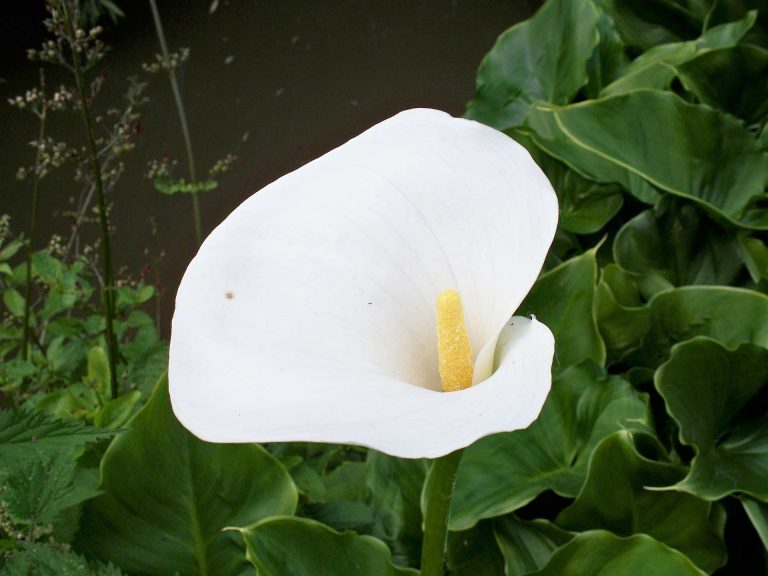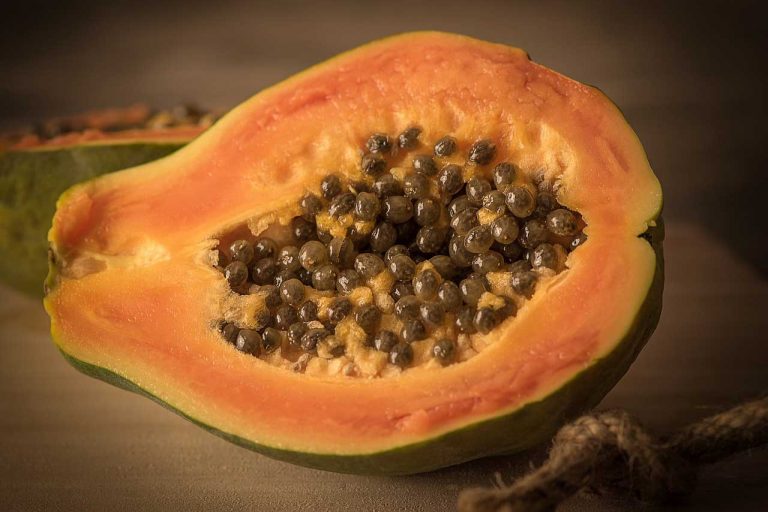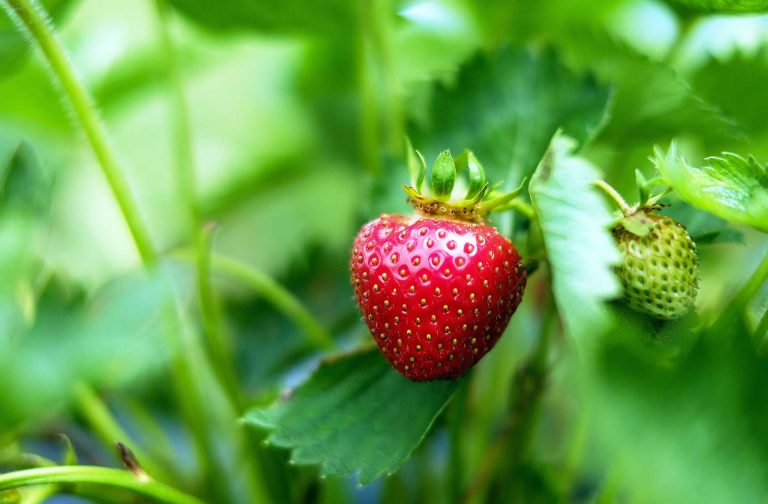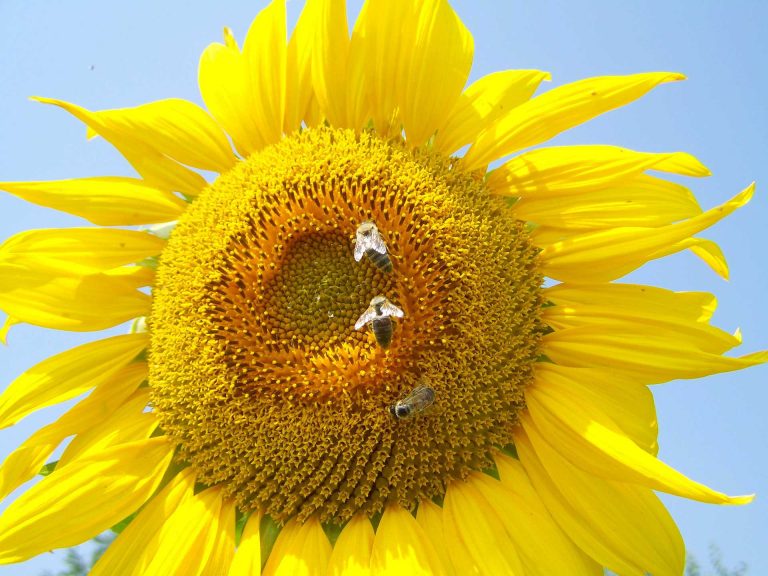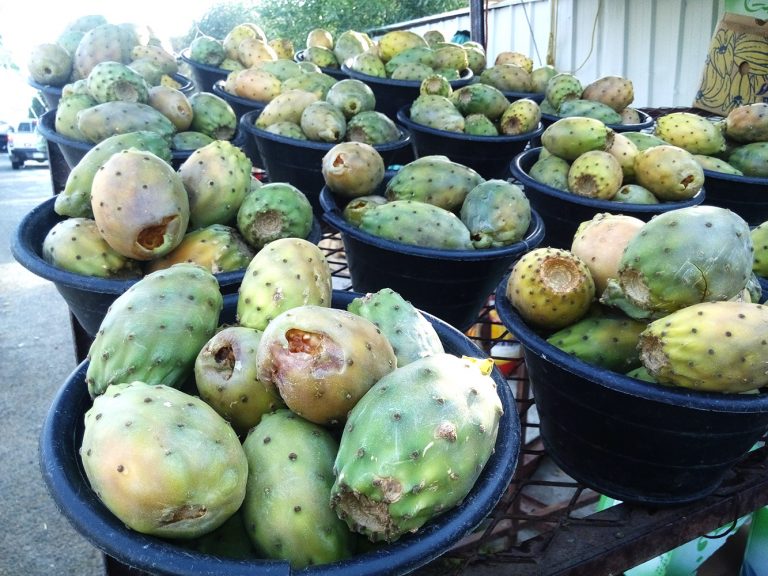Oak Tree
Scientific Classification
| Kingdom: | Plantae |
| Division: | Magnoliophyta |
| Class: | Magnoliopsida |
| Genus: | Quercus |
| Order: | Fagales |
| Family: | Fagaceae |
The oak is a deciduous tree of the Beech family and of the Quercus genus. It is a flowering plant. Oak trees are divided into three groups: Red Oak, White Oak, and Black Oak. Pin Oak, Northern Red Oak, White Oak, and Bur Oak have ornamental landscape value in North America. Many oak trees have economic value. Aleppo Oak is used in the manufacture of ink. From the bark of cork oak commercial cork is obtained. The eastern Asian Oak tree also has commercial value. Mongolian oak tree is used for, and Oriental Oak is a very good source for black dye. The fruit of the oak tree is a nut, called Akron. The largest Number of species of oak Trees is in North America. China is the second largest center of oak diversity. An oak tree produces female and male flowers in the spring season. In the autumn season oak trees lose their leaves. There are approx 300 varieties of oak trees. Because of their beautiful and attractive colors, their size and long life, oak trees are very popular.
Anatomy
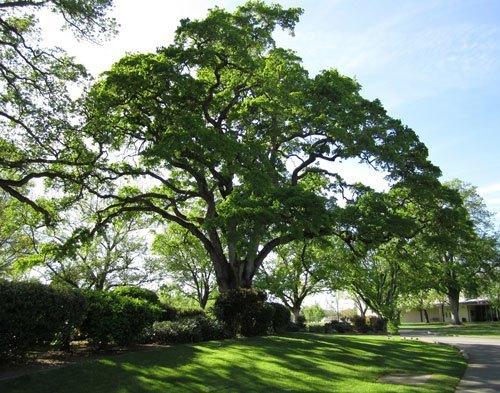
The oak reaches a height of approximately 33 meters. It can take 60 years to mature. Its first crop is full of fruits. Oak trees have simple leaves. The leaves of oak tree change their color from dark green to yellow. The leaves are 1.5 to 2.7 cm long. The bark of the tree stores the food, protects it and helps to generate the chlorophyll for the tree’s sustenance. On the bark of an oak tree, new wood grows every year, which makes the trunk of tree stronger and wider.
Habitat
The oak trees can be found in South America and mountains of Mexico. The basic nutrients that help the oak tree in producing green chlorophyll are magnesium. Calcium assures cell rigidity, Potassium enhances regulatory functions, while Sulfur, phosphorus, nitrogen account for proteins. These nutrients are necessary for the oak tree. A thousand years old largest oak tree is in the USA at Lewisburg. In New York, the famous ‘black oak’ in Lloyd harbor was about 500 years old. Without any pruning oak trees develop a pleasing shape.
Types
White oak– White oak tree is popular for shade, because of its large size. The leaves of white oak are green in spring and summer season. When it falls it changes to red.
Red and pin oak– red oak can survive in pollution. Leaves of red and pin oak have pointed lobes. Pin oaks cannot grow near sidewalks and streets.
Live oak– live oak trees have broad and evergreen leaves. It is known for its shade and grows well in cold climates.
Soil
For better growing, the soil has to be fertile, well-drained, deep and moist. Oak tree requires 8 hours of sunlight every day. Good air ventilation is also needed. For the development of the oak tree nutrient rich soil is necessary. These are adaptable tree, but the soil has to be well irrigated. The PH level of soil should be 3.6 to 7. An average mature oak tree requires 50 gallons of water every day. Fertilized soil improves the acidity levels of soil and nutrients.
Care
Regular maintenance of an oak tree keeps it healthy. It requires regular attention and care. Some of the oak trees like coast live oak, valley oak and blue oak do not require irrigating in the dry season. Mature oak trees provide shade as well as beauty; provided you give them require regular protection and care. Organic mulch is good for locking the moisture in the soil. Around a tree spread two to three inches of mulch.
Oak Tree Care in California
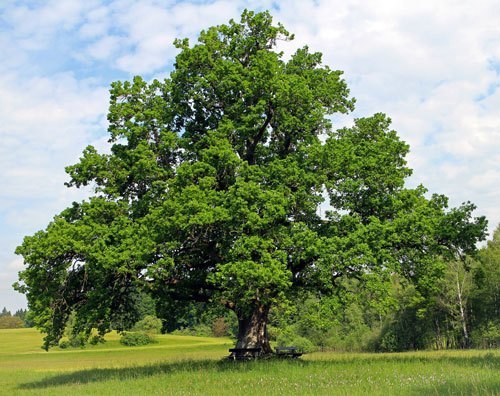
In the US, oak has been accorded a special status. The oak foundation in California has been doing yeoman’s work, dedicated not only to the development and conservation of the woodlands containing the native oak of California, but also educating the people about its importance to the Californian ecology.
Watering
Regular planting and pruning will keep plants healthy and rich. Pruning is necessary. In the absence of rain; deep watering is very necessary. When the tree matures, continue watering to maintain the growth of the trees. Mature oak trees grow more slowly than newly planted trees. To establish roots of oak tree, water the tree regularly.
Planting
An oak tree requires good soil preparation. A cool temperature is ideal for planting an oak tree. Oak trees have made a symbiotic relationship with the Mycorrhizal fungi. It is beneficial for oaks. White it provides minerals and moisture to the plants. Planting and oak tree from acorns are plentiful and easy. As oak trees grow very slowly, so it takes many years to mature.
Uses
The wood of the oak tree is hard, strong and resistant to fungal and insect attack. The wood is useful in making flooring, furniture, timber frame, buildings and in the manufacture of veneer. In Europe, oak wood is used in the construction of ships. The wood of the oak tree is expensive. The hardness of oak tree makes it useful for furniture and in the construction industry. It is used in making shelves, moldings, and tables. The oak tree is also used in grilling and smoking food. The bark and leaves of the oak tree are used in medicines. The bark of the oak tree is used for tanning leathers. Oak galls were used as an ingredient in iron gall ink. American oak produces wine bouquets.
Pests and Pesticides
- Water molds cause sudden oak death.. It can kill oak trees within a few weeks.
- Oak mildew infects soft shoots and leaves of the oak tree in summer season. In warm conditions and high humidity, it is worst.
- Pest like Tortrix roller moth affects the oak tree’s ability to photosynthesize.
Summary
The oak is a symbol of endurance and strength. It is the national tree of many countries. The oak is a national symbol of Basque country. The United States Congress passed a legislation In 2004, that, the Oak is the national tree of America. According to Greek mythology, the Oak is the sacred tree to the king of the Gods, Zeus. The leaves of the oak trees are traditionally important for German Army. Changes in the land use, unsustainable harvesting and livestock grazing, are driving many species of oak trees to extinction.

Having discovered a fondness for insects while pursuing her degree in Biology, Randi Jones was quite bugged to know that people usually dismissed these little creatures as “creepy-crawlies”.


